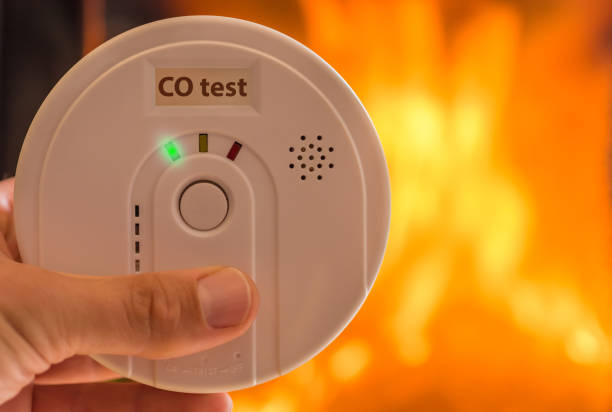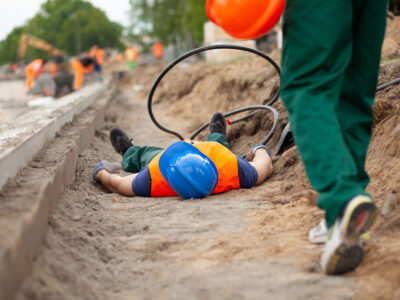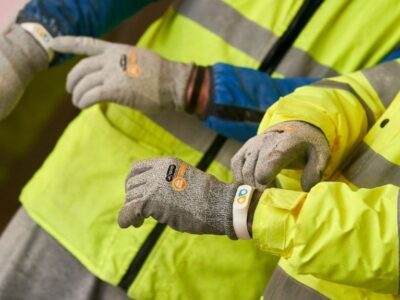You may have a carbon monoxide detector in your home, but what about your workplace? Does carbon monoxide poisoning pose a problem for Californians at their jobs?
As the Mayo Clinic explains, carbon monoxide poisoning occurs when there is too much of the gas in your bloodstream. A byproduct of burning fuels like natural gas, charcoal, propane and wood, carbon monoxide is tasteless, colorless and odorless, so you can’t tell if there’s too much of it in the surrounding air unless you have a carbon monoxide detector. Carbon monoxide isn’t usually a hazard outdoors; it’s when it builds up in an enclosed space like an office or vehicle that it can turn deadly.
A blocked or damaged ventilation system can result in carbon monoxide accumulating in your office or work vehicle. Signs of carbon monoxide poisoning include shortness of breath, a dull headache, dizziness, weakness, nausea or vomiting, blurred vision and confusion. You or your co-workers might even lose consciousness before someone realizes something is wrong. It is important to get outside into fresh air and seek medical attention immediately if you suspect carbon monoxide poisoning, as it can cause severe tissue damage or be fatal.
Your employers may protect you and your co-workers by having ventilation systems and heating and air conditioning units regularly checked for blockages and malfunctions, as well as installing carbon monoxide detectors at your workplace. You may be eligible for workers’ compensation if you became sick as a result of too much carbon monoxide where you work.



